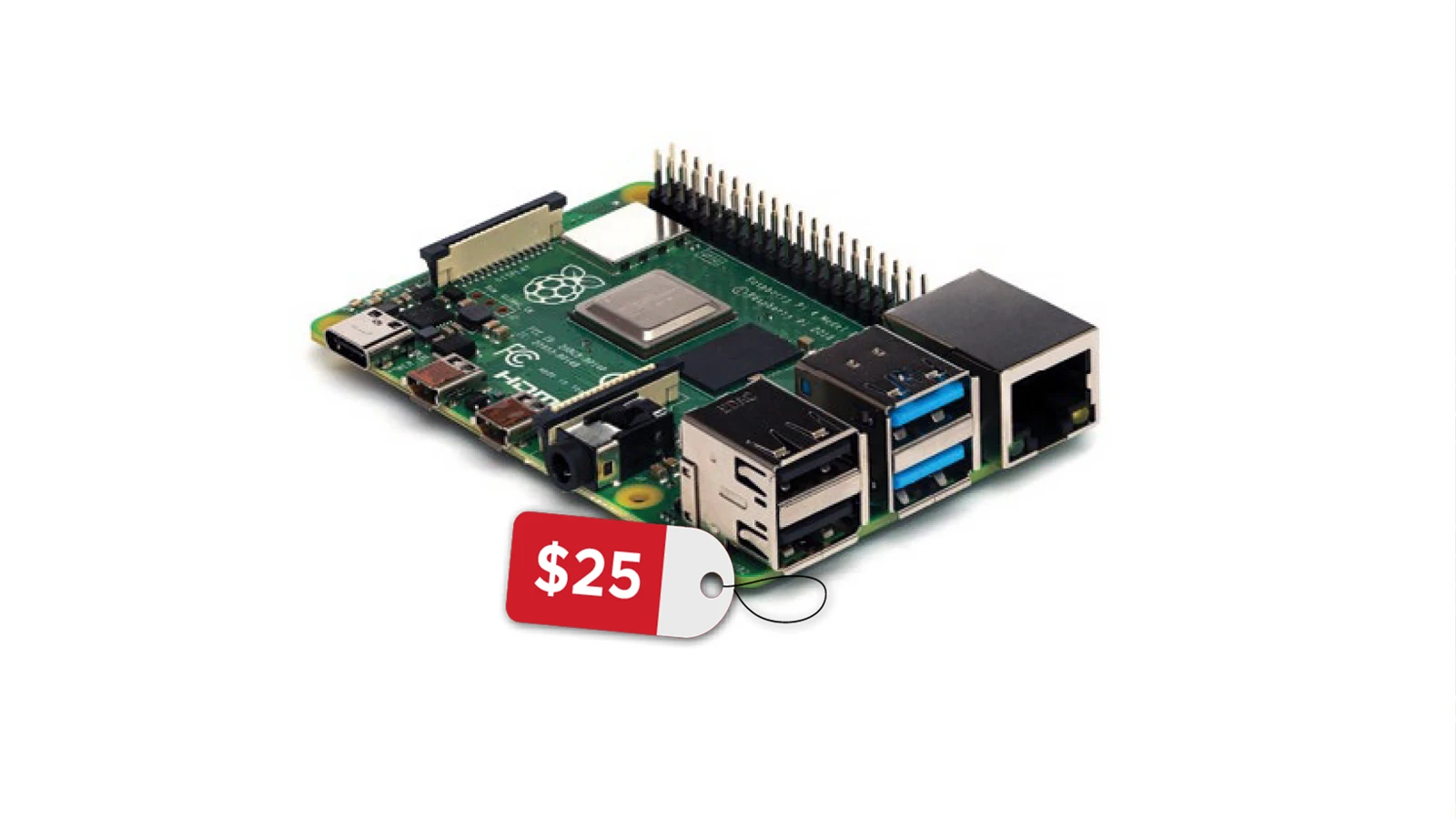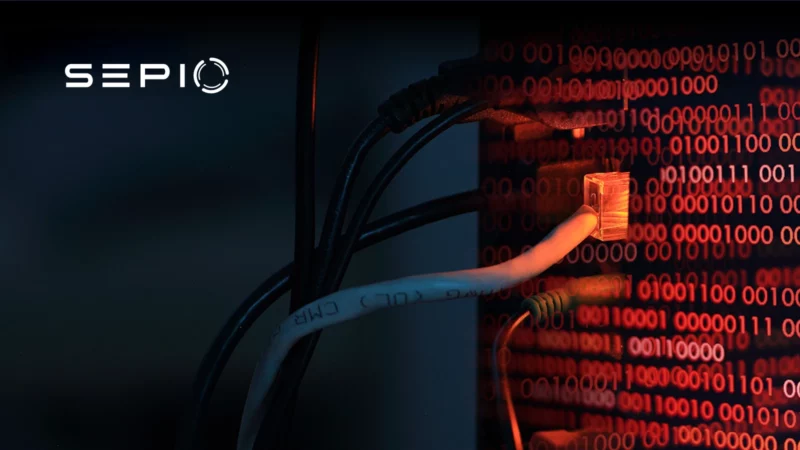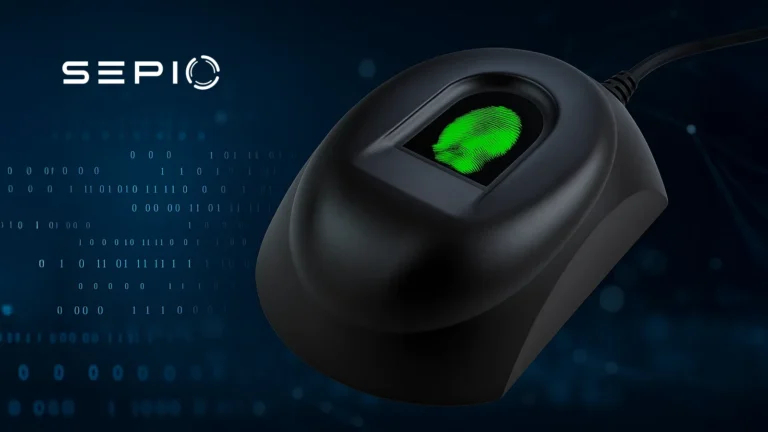Federal network security is vital for safeguarding national infrastructure and protecting sensitive government data from evolving cyber threats. As attack methods become more sophisticated and federal systems grow increasingly interconnected, agencies face rising pressure to enforce robust cybersecurity frameworks. The following real-world case study highlights the serious risks posed by inadequate network segmentation and unauthorized device access in federal environments.
Federal Network Security Breach
In 2019, a significant cybersecurity breach occurred at a U.S. federal agency. Hackers infiltrated the network, exfiltrating 500 megabytes of data from 23 files. In response, external entities disconnected from the agency’s systems, prompting a months-long investigation into the incident.
The audit uncovered an unauthorized Raspberry Pi device connected to the network, one of the key enablers of the breach. The compromise of an external user’s account further facilitated the intrusion. Critically, the agency’s network was not properly segmented, allowing attackers to move laterally between systems. This lack of control exposed major vulnerabilities in federal network security practices and emphasized the need for more stringent security measures across federal infrastructures.
Network Security Breach and Rogue Devices
Hackers exploited a Raspberry Pi device, which can be easily purchased on Amazon for as little as $25, adding a concerning layer to the US Federal Agency Cybersecurity incident. Originally designed as an affordable educational tool, this compact, credit card-sized computer has been increasingly repurposed for malicious cyber activities. Its accessibility and versatility make it a potent tool for attackers targeting federal network security vulnerabilities.

The Raspberry Pi supports a wide range of hacking tools, particularly those used for surreptitious data collection and network reconnaissance. Once connected to the network, it can execute packet sniffing to capture sensitive traffic, often as part of a broader reconnaissance phase. More advanced payloads include modules for bypassing 802.1x network access controls, allowing attackers to circumvent MAC-based authentication protocols deployed by various Network Access Control (NAC) vendors.
Data exfiltration from the Raspberry Pi can be achieved through multiple methods: connecting a mass storage device, leveraging its onboard Wi-Fi capabilities, or using a dedicated USB wireless dongle for more covert operations. The latter method can significantly reduce the chances of detection, posing a serious threat to federal network security protocols.
Federal Network Security Breach Audit and Lessons Learned
The audit revealed that the U.S. Federal Agency cybersecurity breach significantly diminished the agency’s visibility into connected devices, severely limiting its ability to manage and secure the network. This loss of visibility represented a critical failure in federal network security, allowing unauthorized access to persist undetected.
The depth of the attack granted hackers access to several sensitive operations, raising concerns across interconnected agencies. As news of the breach surfaced, multiple affiliated entities quickly disengaged from the compromised network in an effort to contain the damage and prevent further exposure.
Hardware Asset Visibility for Network Security
IT and security teams across enterprises, and especially within federal environments, often struggle to maintain complete and accurate visibility into their hardware assets. This challenge is particularly acute in today’s complex IT/OT/IoT ecosystem. The U.S. Federal Agency cybersecurity breach underscored the risks of insufficient hardware visibility, which can undermine federal network security and weaken policy enforcement mechanisms. The result: increased susceptibility to security incidents such as ransomware attacks, data leakage, and insider threats.
Given the sensitive nature of their operations, federal agencies cannot afford to overlook hardware asset visibility. Without comprehensive, real-time awareness of every connected device, whether traditional or IoT-based, agencies expose themselves to serious security risks. Unmanaged or undetected devices can act as covert entry points for attackers, effectively bypassing conventional security measures such as firewalls and intrusion detection systems.
Hardware Asset Visibility and Policy Enforcement
To effectively mitigate the risk of federal agency breaches, organizations must maintain real-time, comprehensive awareness of all connect hardware assets, regardless of form factor or connection interface. Attackers often exploit these blind spots using USB Human Interface Device (HID) emulators or physical-layer implants that bypass conventional defenses.
Alongside visibility, robust policy enforcement is essential. An effective enforcement layer should recommend best practice policies while giving administrators the flexibility to implement strict or granular rules based on organizational risk tolerance. When combined, deep hardware visibility and dynamic policy control form a foundational layer for strengthening federal network security.
In the context of federal agencies, policy enforcement tools must not only be reactive but also proactive. Automated systems that can detect and block unauthorized devices before they infiltrate the network are vital. Furthermore, systems that support granular control over what devices can connect to the network, based on their digital fingerprint or behavior, are essential for ensuring compliance with federal security standards.
Sepio’s Solution for U.S. Federal Agency Cybersecurity
Sepio is the leader in the Rogue Device Mitigation (RDM) market, disrupting the cybersecurity industry by uncovering hidden hardware-based attacks that operate over network and USB interfaces. This innovative approach directly addresses the unique challenges faced by U.S. Federal Agencies in safeguarding their networks and sensitive data. By strengthening federal network security, Sepio ensures that even the most sophisticated hardware-based threats are detected and neutralized before they can cause harm.
Sepio is the only company in the world to undertake physical-layer visibility fingerprinting. Sepio’s Asset Risk Management (ARM), calculates a digital fingerprint using the device descriptors of all connected peripherals and compares them against a known set of malicious devices, automatically blocking any attacks. With Machine Learning, the software analyzes device behavior to identify abnormalities, such as a mouse acting as a keyboard.

By targeting the physical layer and using machine learning, Sepio enables rapid detection of advanced threats. Its solution gives federal agencies the visibility needed to enforce security policies and block unauthorized devices, strengthening federal network security and protecting critical assets.
Protect Your Federal Network
Discover how Sepio’s advanced Asset Risk Management (ARM) solutions can strengthen your agency’s cybersecurity. Schedule a demo to see how we can help you uncover hidden threats and ensure the integrity of your network. Schedule a Demo and take the first step towards a more secure future.
Download the US Federal Agency Cybersecurity Case Study (pdf)





